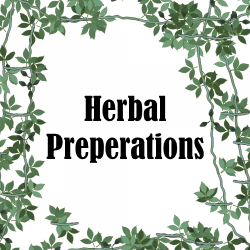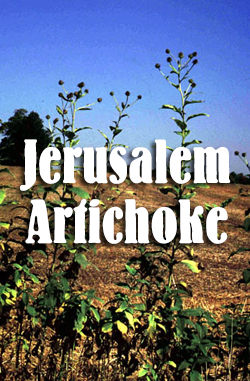Jerusalum Artichoke
(Helianthus tuberosus L.)
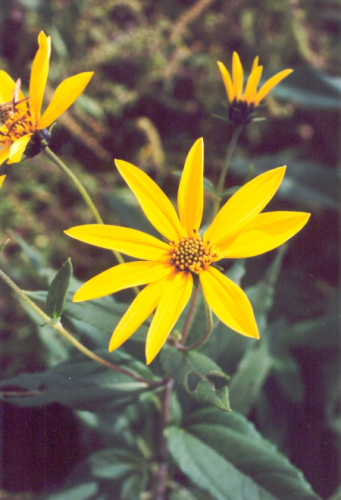
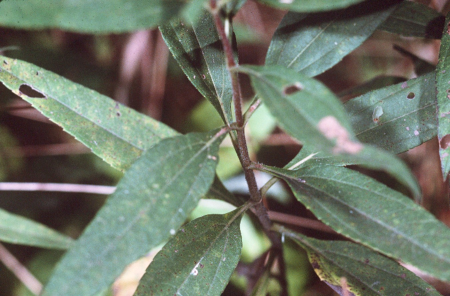
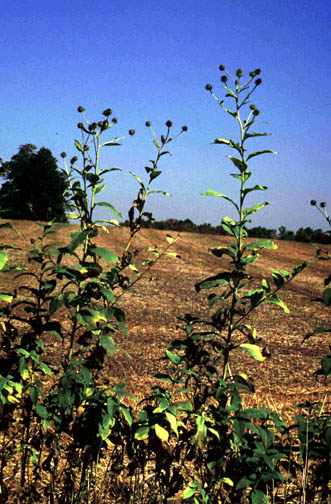
Jerusalum Artichoke (Helianthus tuberosus L.):
Sunroot, Earth Apple, Sun Choke
Description:
The stems have a rough texture and can reach heights of up to 12 feet with proper growing conditions. Top of leaves have a rough hairy texture. Leaves are opposite on the lower part of the stem becoming alternate higher up the stem. Leaves are oval shaped and can reach a length of 12 inches. Lower leaves are larger, becoming progressively smaller and narrower higher up the stalk. Above ground it is very difficult to distinguish the Jerusalem artichoke from the everyday sunflower. However underground the similarities end.
Flower:
Bright yellow form at the end of the stems or axillary branches, can be a single flower or a group. Flowers range in size from 2 to 4 inches in diameter. Flowers have a round center with 10 to 20 petals extending out.
Root:
Root system is made up of thin fibrous cord like rhizomes that can reach a length of up to 50 inches. Located at the tips of these rhizomes are fleshy elongated tubers from 3 to 4 inches long 1 ½ to 2 inches thick. Somewhat similar to a thin lumpy potatoes. These tubers vary in color from white to brown, red to purple.
Distribution:
A native North American plant. Does best in a rich mist soil. Found along riverbanks, cutover fields, roadside ditches and fencerows. The Jerusalem artichoke ranges throughout most of the U. S. and Eastern Canada.
Food:
Jerusalem artichoke was grown as a food source long before the first whites touch the North American shores. In the Northeast U.S. a European explorer reported Jerusalem artichoke being cultivated by Native Americans along with corn and beans in 1605. The only edible part of the plant is the tubers. They can be eaten raw, boiled, fried , in much the same as a potato. Although better when peeled, peeling can be eaten. They are easily found growing wild throughout much of the U.S. and are easily cultivated. This makes them one of the perfect long term survival foods.
• Used as a substitute for potatoes they can be prepared using the same methods of preparation.
• When fresh can be eaten raw have texture like that of a water chestnut. Prepared raw sliced thin are a good addition to salads.
• Steamed as any vegetable




